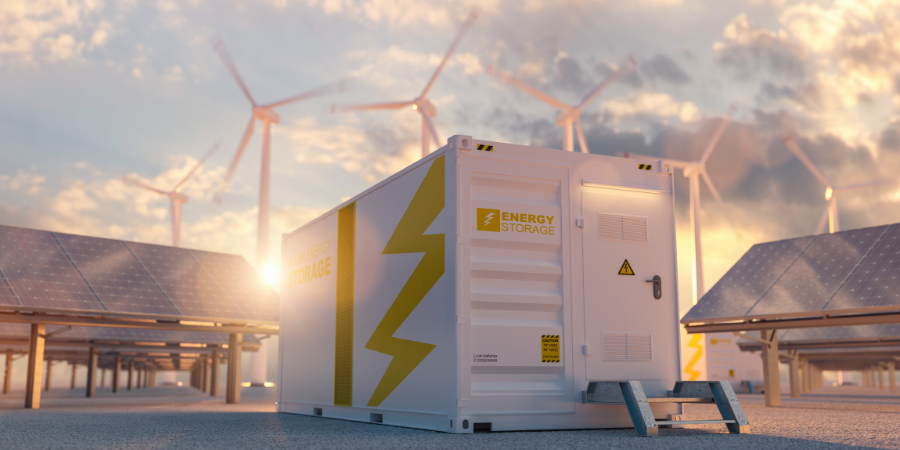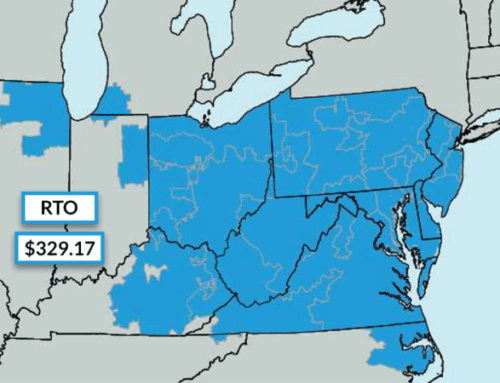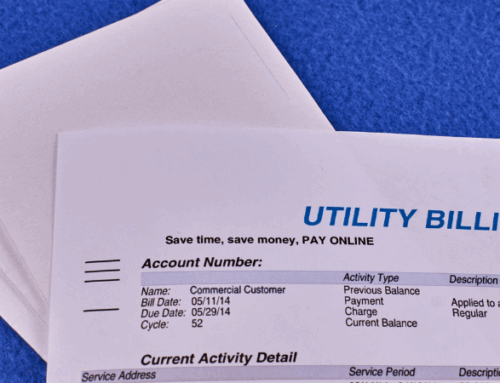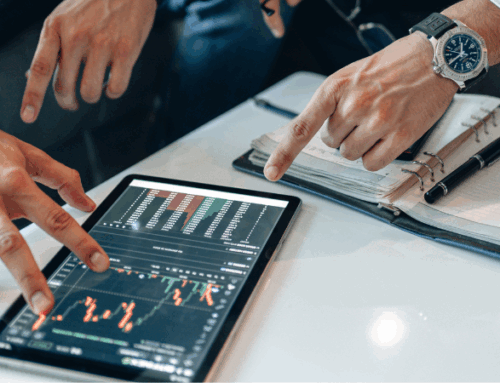The United States government is making serious investments in its electrical grid in order to improve efficiency and reliability. One way that governments, utilities, and end users are becoming more energy-resilient is through distributed energy resources, also known as DERs. The concept of DERs allows both electrical grid operators and consumers an alternative for electricity supply. This article aims to detail the role of DERs in the energy ecosystem, how they work, and the benefits of distributed energy for the future.
What Are Distributed Energy Resources
Distributed energy resources are smaller-scale electricity generation resources that are usually located near an end-user’s electrical load. DERs can also be combined collectively and used as a source of energy for the larger electric grid. Let’s take a close look at some samples of DERs.
Examples Of Distributed Energy Resources
DERs often always exist on the end-user’s side of the electric meter, although some smaller communities own DERs and use them as a power source. Some examples of distributed energy sources include:
- Natural gas electricity generators
- Diesel-powered electricity generators
- Solar panels
- Battery storage units
- Wind turbines
Who Owns DERs
Distributed energy resources can be physical resources that are owned privately or by electric utilities, or they can be virtual assets composed of many physical DERs aggregated together as a single power source. When DERs are deployed virtually, electricity grid operators view them as a single source of power generation. For example, a virtual DER could consist of twenty smaller solar systems that are 50 kW each. From a grid operator’s perspective, this is the same as a single, utility-scale solar farm that has a 1,000 kW generating capacity.
Distributed Energy Resources vs. Dispersed Generation
The difference between distributed energy resources and dispersed generation has to do with the electrical output of the system. DERs are assets that typically produce less than 10 MW, or 10,000 kilowatts (kW), while dispersed generation are assets that operate on a smaller scale, less than 500 kW. Dispersed generation often refers to onsite systems that power individual buildings, while DERs operate on a larger scale.
The Different Types Of DERs
DERs vary according to their electrical output, or total generating capacity. Let’s explore the different types of DERs in the chart below:
| DER Class | System Size | DER Type |
|---|---|---|
| Micro | Less than 2 kW | Rooftop Solar |
| Mini | 2 kW – 10 kW | Fuel Cells, Storage, Solar |
| Small | 10 kW – 1 MW | Biomass, Storage, Solar |
| Medium | 1 MW – 5 MW | Hydro, Wind, Solar |
| Large | Greater than 5 MW | Co-Gen, Wind, Hydro, Solar |
The chart above outlines examples of different DER classes and electrical generation capacity; however, many DERs can be sized based on the local electrical load or output demand.
Physical DERs: Physical DERs are considered to be the individual generating assets installed at a location. An example of a physical DER could be a rooftop solar system or an on-site natural gas-powered generator.
Virtual DERs: Virtual DERs are networks of physical DERs that are combined by electric grid operators or private owners. Virtual DERs account for all of the electricity generated by the physical DER assets in the network and are accounted for as a single source of power generation.
How Do DERs Work?
Distributed energy resources generate power no different than a large, utility-scale power plant. After all, the role of a power grid operator is to ensure that electricity generation matches demand at all times. So, all electricity is created equal. In fact, megawatts produced by an on-site solar array have the same impact on electricity supply as megawatts produced at a nuclear power plant.
Demand response is even considered to be a virtual DER program. Demand response programs work by allowing end users to get paid for reducing electrical load during peak demand events. Again, since it’s the grid operator’s responsibility to balance electricity supply and demand, if an end user can shed electrical load by turning off HVAC units as part of a demand response program, the reduction in demand is the same as if the power was generated.
Today, there are even talks that batteries in electric vehicles can be treated as a DER asset. The theory is that the power from the vehicle’s battery when not in use, can be used to power a home or individual appliances in that home. This, in essence, acts as a source of electricity generation.
Features Of Distributed Energy
Electricity generated by DERs must be tracked and monitored so that electric grid operators can forecast total power supply. With that being said, all DERs have the following features:
Wireless Controls
Since it’s important for grid operators to be in complete control of all electricity generation on the grid, most DERs come with remote control capabilities that allow the assets to be turned on and off. These controls usually operate over a Wifi connection.
Grid Interconnection
Another important aspect of DERs is to ensure that the power generated is in the correct form and frequency of the local grid. For example, all solar systems contain inverters that convert electricity from DC current to AC current so that it can be consumed. Transfer switches also act to isolate generation resources from high-tension electrical transmission lines when not being used.
Metering & Monitoring
The tracking of electricity generation from a DER asset is important for proper accounting. The DER owner is compensated based on the total production of the system or unit. For example, in utilities that allow net metering for solar systems, a smart metering system is installed to track the total output of the solar system when compared to the end user’s business energy consumption.
Load Management Software
The implementation of virtual DERs or programs such as Demand Response is impossible without proper electrical load management software. There are many software programs available that allow asset managers to see electrical generation in real-time and even allow them to remotely turn off motors in buildings participating in demand response.
Thinking About Installing Distributed Energy Resources?
If you own or operate a commercial business, DERs can help you to reduce energy costs and increase electrical reliability for your facility. If you are looking to explore installing DER assets at your location, our team can help! We have decades of experience in the energy industry and can answer any questions you might have. Contact us today to schedule an appointment.



